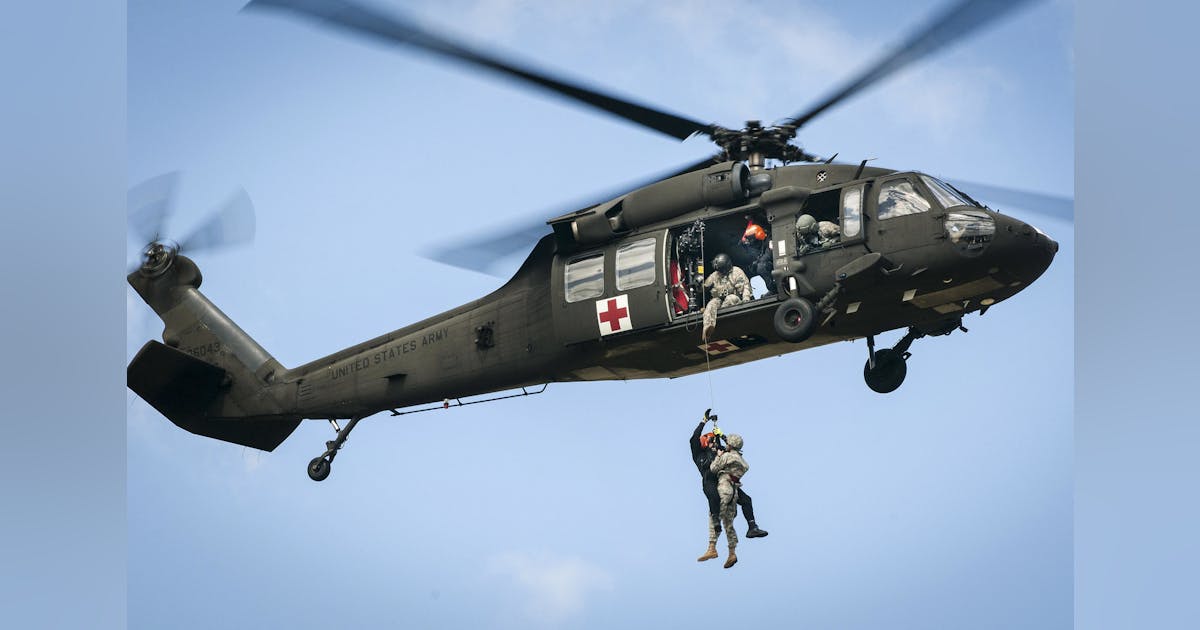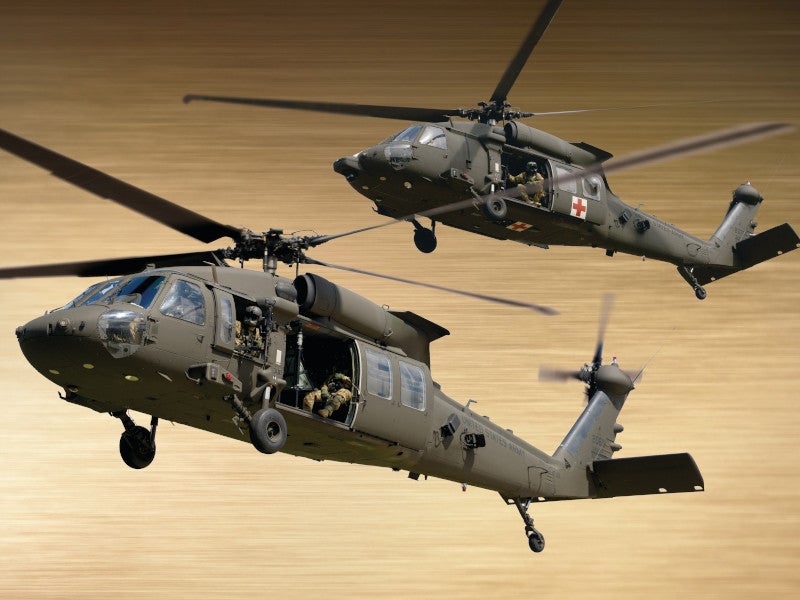Checking Out the Innovative Technology Behind Airplane Design and Design
The field of aircraft design and engineering is witnessing a transformative shift driven by ingenious modern technologies that boost efficiency, efficiency, and sustainability. Advanced materials such as carbon fiber compounds and titanium alloys are setting brand-new criteria, while wind resistant innovations and expert system are simplifying procedures and improving end results. As the market comes to grips with the obstacles of ecological duty, advancements in lasting aeronautics modern technologies promise to reshape the future. Nevertheless, the ramifications of these advancements extend beyond efficiency metrics; they might redefine the actual nature of air traveling. What might this indicate for the market in its entirety?
Advanced Products in Airplane Style
Just how can the combination of advanced products reinvent airplane layout? The consolidation of advanced materials, such as carbon fiber composites, titanium alloys, and progressed ceramics, plays a vital function in improving airplane performance and effectiveness. These products use premium strength-to-weight ratios, allowing makers to lower general aircraft weight without endangering architectural integrity. This decrease in weight directly adds to boosted gas effectiveness and enhanced haul capacity.
Furthermore, sophisticated materials show boosted resistance to corrosion and fatigue, causing lower upkeep costs and extended life span. For instance, using titanium in essential components assists withstand extreme temperatures and stress and anxieties, while carbon fiber composites give versatility in design and production processes. This versatility allows for more wind resistant shapes, adding to exceptional efficiency attributes.
Moreover, the integration of wise materials, which can transform residential or commercial properties in action to exterior stimuli, opens up brand-new methods for adaptive systems in airplane layout. uh 60. These advancements assure not only to improve safety and operational efficiency but likewise to contribute to sustainability efforts by minimizing ecological influence through reduced emissions. In recap, advanced materials are redefining the landscape of aircraft style, leading the way for extra efficient, long lasting, and eco-friendly aeronautics services
Aerodynamic Advancements for Efficiency
Aerodynamic innovations play a pivotal duty in enhancing airplane effectiveness, dramatically affecting gas intake and total performance. Breakthroughs in airfoil design, such as the introduction of supercritical wings, permit maximized lift-to-drag proportions, reducing drag at transonic speeds. These technologies allow aircraft to keep greater rates with lower fuel expenditure, directly affecting operational costs and environmental sustainability.
Additionally, the integration of winglets has actually verified efficient in mitigating vortex-induced drag at the ideas of wings, better boosting fuel performance - uh 60. This style modification brings about a decrease in wake turbulence, adding to enhanced aerodynamic efficiency during cruise problems

Furthermore, computational fluid characteristics (CFD) tools have transformed the testing and refinement of wind resistant shapes, permitting specific simulations of air movement around airplane (uh 60). This allows designers to innovate continuously, ensuring that more helpful hints modern-day airplane not only meet governing criteria yet additionally push the boundaries of performance in air travel

Role of Computer System Simulations
Computer simulations have come to be a vital tool in the area of airplane layout, making it possible for engineers to perform comprehensive evaluations and optimizations of different layout elements. These simulations enable the digital testing of aerodynamic residential or commercial properties, architectural honesty, and efficiency metrics long before physical prototypes are developed. By using computational liquid characteristics (CFD) and limited element analysis (FEA), engineers can forecast how air flows you can find out more around the aircraft and just how various products will respond to anxiety and pressure.
Additionally, computer simulations assist in the exploration of a wide variety of variables and scenarios, speeding up the design process and decreasing expenses related to physical screening. This ability not only enhances the precision of predictions relating to airplane actions but additionally uses insights into prospective layout improvements that may not be right away noticeable with standard techniques.

Additionally, simulations assist make certain conformity with rigid safety policies by permitting engineers to identify and correct prospective issues early in the design stage. The assimilation of simulation innovations into the airplane layout process emphasizes the considerable advancements in design techniques, eventually adding to the development of safer, more reliable, and eco-friendly airplane.
Expert System in Engineering
Synthetic knowledge (AI) is changing the design landscape, especially in airplane style, by enhancing decision-making processes and optimizing layout process. Through device understanding algorithms, AI can examine large datasets, uncovering patterns and understandings that notify style options and boost overall efficiency.
AI applications in airplane layout consist of generative layout, where algorithms create numerous style choices based on specified specifications, allowing designers to assess a broader range of possibilities. This not just increases the design phase yet also makes certain that the end products meet rigid performance and safety standards.
Furthermore, AI-driven anticipating analytics assist in upkeep scheduling by analyzing historic data and predicting prospective failures. This aggressive technique decreases downtime and improves airplane reliability.
In addition, AI help in simulation and modeling, making it possible for engineers to test layouts under various conditions without the need for physical models. This ability shortens development timelines and lessens expenses connected with standard screening methods.
Lasting Aviation Technologies
The solution exists in the adoption of lasting aviation modern technologies that prioritize efficiency and minimize carbon exhausts. Developments such as lasting aviation gas (SAFs), which are derived from renewable resources, have actually arised as a critical part in accomplishing reduced lifecycle emissions.
In addition, innovations in airplane layout, such as the advancement of lighter materials and even more aerodynamically effective forms, add to boosted gas effectiveness. Electric and hybrid propulsion systems are also acquiring traction, providing a pathway to lower dependence on nonrenewable fuel sources and reduce greenhouse gas emissions.
The assimilation of these innovations is sustained by regulatory frameworks and industry collaborations intended at setting enthusiastic sustainability targets. Furthermore, electronic devices like data analytics and artificial intelligence can optimize trip operations, even more improving fuel efficiency. By welcoming sustainable techniques and modern technologies, the aviation industry can not just fulfill the growing need for flight but additionally play a pivotal role in Check This Out attending to environment change, making certain a much more sustainable future for air transport.
Conclusion
The convergence of innovative materials, wind resistant technologies, and innovative technologies notes a considerable evolution in aircraft layout and engineering. The integration of carbon fiber composites, titanium alloys, and AI-driven processes not only boosts efficiency and efficiency yet additionally simplifies workflows and predictive maintenance. Moreover, the ongoing advancement of lasting aviation innovations underscores a dedication to environmental duty, leading the way for a greener future in aviation. This continuous development will form the sector's trajectory for years to find.

Computer system simulations have ended up being a vital tool in the area of aircraft design, enabling engineers to conduct in-depth analyses and optimizations of various style aspects.The convergence of sophisticated materials, wind resistant advancements, and sophisticated innovations marks a significant evolution in aircraft style and design.